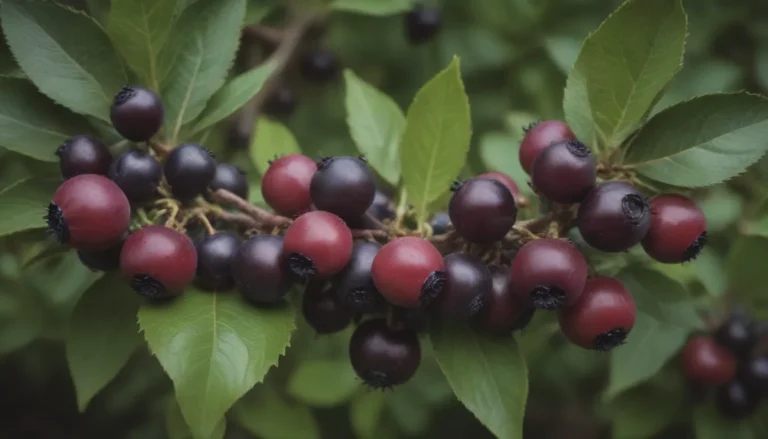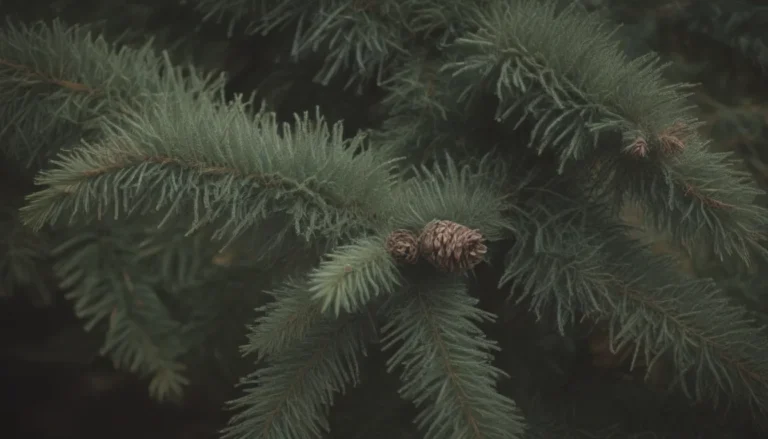A Comprehensive Guide to Growing and Caring for Red Maple Trees

Are you looking to add a vibrant pop of color to your yard? Look no further than the red maple tree! Native to North America, the red maple (Acer rubrum) is a fast-growing tree known for its stunning bright red foliage in the autumn. In this comprehensive guide, we will delve into all you need to know about growing and caring for red maple trees, including tips on planting, watering, pruning, and addressing common issues. So, grab your gardening gloves and let’s get started!
Understanding Red Maple Trees
Red maples are a popular choice among homeowners due to their beautiful color and shade they provide in a relatively short amount of time. Here are some key characteristics of red maple trees:
- Fast Growth: Red maple trees can grow up to 70 feet tall at a rate of 18 inches per year, making them the fastest-growing tree in the Eastern United States.
- Distinctive Features: While the leaves of the red maple are green in spring and summer, they turn a rich red color in the fall. The tree’s leaf stalk, twigs, flowers, and samaras also have reddish hues.
- Varieties: There are over 20 cultivars of red maple trees, each with different fall foliage colors, heights, and leaf shapes.
- Ideal Conditions: Red maples thrive in full or partial sunlight, well-drained, moist acidic soil, and cooler temperature climates.
- Longevity: With proper care, red maple trees can live between 80 to 100 years.
Red Maple Care Tips
Planting Location
When selecting a spot to plant your red maple tree, keep the following considerations in mind:
- Light: Red maples prefer full sun (6+ hours per day) or partial sun (4-6 hours per day).
- Soil: Ensure the soil is well-drained, sandy, loamy, and acidic. Avoid planting in alkaline or salty soil.
- Water: Red maples require moist soil, so regular watering is essential. Deep watering is preferable to shallow watering.
- Temperature and Humidity: Red maples can adapt to various moisture levels and are found in a range of climates from dry ridges to swampy regions.
- Fertilizer: While fertilization is usually unnecessary, a nitrogen-rich fertilizer applied in spring can benefit the tree’s growth.
Pruning and Maintenance
- Pruning: Red maples typically do not require pruning, but if needed, only remove crowded branches to avoid narrow angles between the trunk. Be cautious when pruning to avoid damaging the tree.
- Propagating: Red maples can be propagated easily from cuttings taken in late spring or early summer.
- Overwintering: Prepare your tree for winter by providing ample water and mulch to protect the roots. Covering the tree during heavy snow can provide additional protection.
Common Pests and Diseases
Red maple trees are susceptible to several pests and diseases, which can impact their health and growth. Here are some common issues to watch out for:
- Verticillium Wilt: This disease can cause browning, wilting, and leaf loss. Fertilizing and pruning damaged branches can help control its spread.
- Weak Structure: Red maples are prone to cracking bark and overcrowded branches, making them susceptible to damage in storms.
- Foliar Diseases: Keep an eye out for black spots on leaves, which can lead to leaf-dropping and hinder tree growth.
Conclusion
In conclusion, red maple trees are a fantastic addition to any landscape, providing vibrant color and shade throughout the year. By following the care tips outlined in this guide, you can ensure your red maple thrives and remains healthy for years to come. Remember to plant in a suitable location, provide adequate water and nutrients, and monitor for signs of pests and diseases. With a little TLC, your red maple tree will be a beautiful focal point in your yard for generations to come. Happy gardening!





